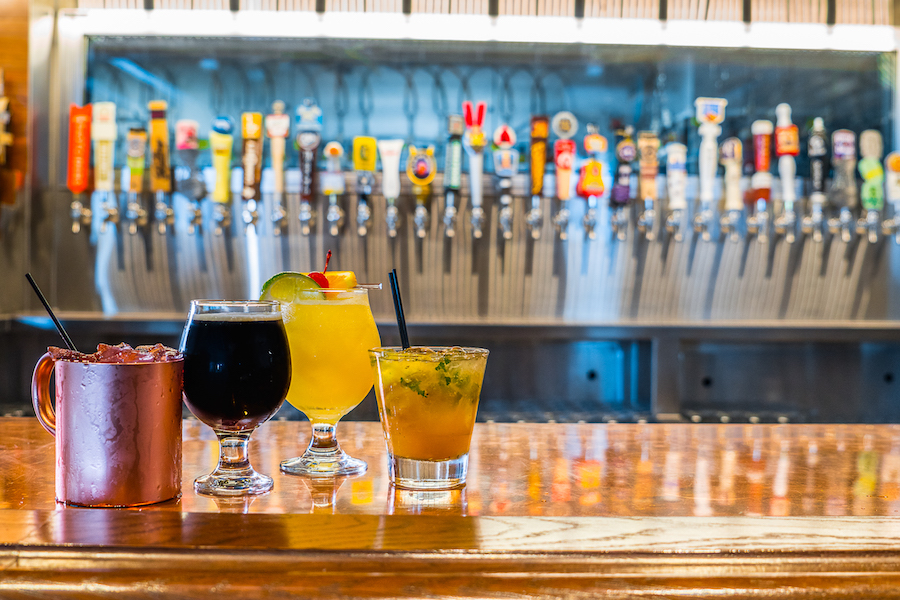Wondering which wine glasses to use? Which glass for which drink when it comes to cocktails? Tall and neat drinks? Highball or lowball drinking vessels? Learn how to use glassware and select the correct type, whatever your tipple, with this handy guide.
(Looking for advice on the best types of beer glasses to use? Try this blog post instead.)
Why Use Different Types of Glassware?
Different glassware has evolved in order to make each different drink better. It may be that you have a perfectly measured cocktail, but the size of the mouth can help release the aromas. It may be that you have a wonderful new liquor in your hand, but once in a drinking vessel it can be warmed-up, or stay cool, by the design of the glass. Enhanced aromas and correct temperatures are two key factors to improving the drinking experience.
Which Glass For Which Drink: Wine
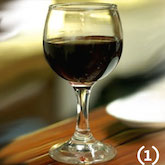
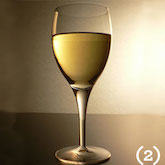
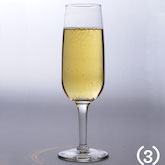
(1) Red Wine Glass
Glassware for red wine should have a larger, rounder bowl in order to swirl the wine easily and help aerate it. A long stem will also keep the hand away from the drink in order to prevent it from becoming too warm.
Examples: Pinot Noir, Syrah.
(2) White Wine Glass
White wine glasses will have a smaller mouth area, and therefore a smaller surface area to aerate so that wine does not oxidize too fast. This is in order to retain the lighter, more delicate notes that white wines will generally have.
Examples: Chardonnay, Sauvignon.
(3) Flute Glass
Sparkling wine needs even less surface area, as this will help preserve the bubbles and stop it from going flat too quickly. Hence, the flute glass, with its tall, thin bowl and small mouth. Also used for Champagne cocktails.
Examples: Champagne, Prosecco, Bellini.
(related read: The Benefits of Wine on Tap)
Correct Cocktail Glassware
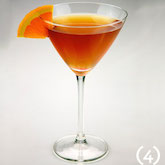
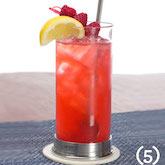
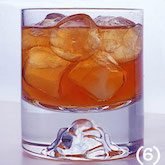
(4) Cocktail Glass
The classic, traditional cocktail glass is an inverted cone bowl, which can come in a variety of sizes, usually around 3 to 6 ounces. It is used to serve cocktails without ice, or ‘up.’ Its shape evolved from the fact that all traditional cocktails would have interesting aromas, and the large mouth allows the nose of the drinker to get close to the surface of the drink and fully enjoy its scent and taste.
Examples: Martinis, Cosmopolitan, Brandy Alexander, Kamikaze.
(5) Highball Glass
A highball glass is a glass tumbler used to serve ‘tall’ cocktails and other mixed drinks that contain a large proportion of a non-alcoholic mixer, and are poured over ice. It is often used interchangeably with the Collins Glass, although the highball glass is shorter and wider in shape.
Examples: Dark ‘N’ Stormy, Bloody Mary, Mojito, gin & tonic.
(6) Lowball Glass
The lowball glass, Old Fashioned glass, or rocks glass, are all names for a short tumbler with a solid base which holds around 6 to 8 ounces of liquid. A solid base aids with drinks that require ‘muddled’ ingredients. These low glasses can also be used for serving a neat pour of liquor.
Examples: Old Fashioned, Negroni, White Russian.
Speciality Glassware
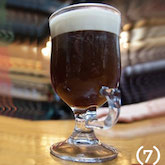
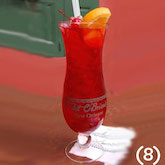
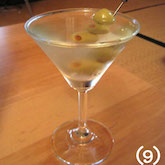
(7) Irish Coffee Glass
Hot cocktails such as an Irish Coffee or a Hot Toddy are best served in an Irish Coffee glass, which is made with heat-resistant glass and has a handle attached, to enable you to hold the drink comfortably.
(8) Hurricane Glass
The Hurricane cocktail, developed by New Orleans tavern owner Pat O’Brien in the 1940s, was first poured into hurricane lamp-shaped glasses; hence the name. The drink and the name stuck, and it has been a mainstay in the French Quarter ever since.
(9) Martini Glass
Martinis were originally served in cocktail glasses (above), but the drink evolved into a variety of vodka-based ‘tinis’ through the ’90s, and the serving sizes grew. Martini glasses differ from the traditional cocktail glass by generally having a larger bowl and being fully conical at the bottom.
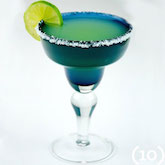
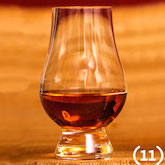
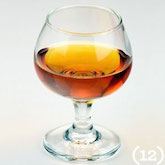
(10) Margarita Glass
Another specialty drink with its own unique glassware, Margaritas were traditionally served in a margarita glass; a “stepped-diameter variant of a cocktail glass.” These may be rarely seen in general bars and homes, as it has become the norm to serve margaritas in many other vessels, from pint glasses to double Old Fashioned glasses.
(11) The Glencairn Whisky Glass
This specialty piece was developed by Glencairn Crystal Ltd. with the purpose of getting the maximum flavors when drinking whisky. It derives from traditional nosing glasses used by master blenders, borrowing the wide bowl to show off the color and help expose the aromas, but instead uses a tapered mouth to allow easier drinking.
(12) Snifter Glass
The snifter glass has a very short stem that is supposed to be cradled in the hand, helping warm the drink it contains. The large bowl allows the drink to be swirled, and a shorter mouth traps aromas and allows the drinker to enjoy a more prominent smell as they sip. Mostly used for brown spirits, such as brandy and whisky.
Cheers!
PS. Fear not beer-lovers, here is a blog post on using the correct glassware for your beer.
Image credits:
(1) Red Wine – https://www.flickr.com/photos/chewychua/88817686
(2) White Wine – https://www.flickr.com/photos/dcbauer/3485439452
(3) Flute – https://www.flickr.com/photos/alanant/3117691436
(4) Cocktail – https://www.flickr.com/photos/preppybyday/5076311907
(5) Highball – https://www.flickr.com/photos/dinnerseries/6331425703
(6) Lowball – https://www.flickr.com/photos/stuartwebster/4599786176
(7) Irish Coffee – https://www.flickr.com/photos/jf-sebastian/6811030343
(8) Hurricane – https://www.flickr.com/photos/bigberto/2826375336
(9) Martini – https://www.flickr.com/photos/greentrench/2578752055
(10) Margarita – https://www.flickr.com/photos/preppybyday/5076907896
(11) Glencairn – https://www.flickr.com/photos/photobyaaron/8034556198
(12) Snifter – https://www.flickr.com/photos/preppybyday/5076313963

